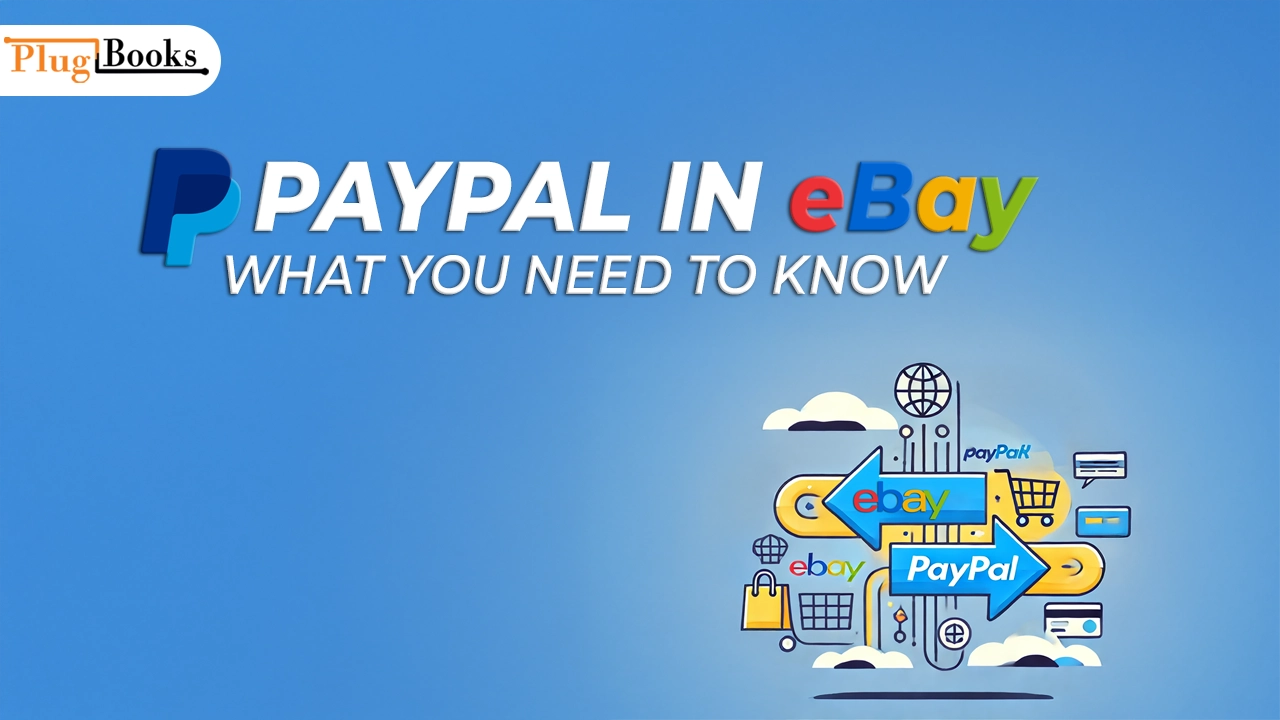Navigating online selling platforms like eBay can be both exciting and overwhelming, especially when it comes to managing payments. One common question among sellers is how to use PayPal in eBay. This blog post will explore the relationship between PayPal and eBay, offering insights into its benefits, processes, and how it fits into eBay’s broader payment ecosystem in 2025.
Is PayPal Still Relevant for eBay Sellers?
The relationship between eBay and PayPal has evolved significantly over the years. While eBay introduced its own Managed Payments system in 2020, PayPal remains a popular payment option for many users. Sellers and buyers alike value its security features, user-friendly interface, and global accessibility.
For sellers, PayPal in eBay serves as a reliable way to handle refunds, resolve disputes, and maintain financial records. While it may no longer be the default payment processor for eBay transactions, it’s still widely used for personal and off-platform sales originating from eBay listings.
Benefits of Using PayPal in eBay Transactions
1. Enhanced Security
PayPal’s robust buyer and seller protection policies ensure that your transactions are secure. This protection is particularly reassuring for high-value items often listed on eBay.
2. Ease of Use
With a simple setup process and intuitive dashboard, PayPal makes managing your payments a breeze. Sellers can transfer funds to their bank accounts or use them for online purchases directly from their PayPal balance.
3. International Accessibility
Selling globally? PayPal supports multiple currencies, making it a preferred choice for international transactions on eBay.
How to Link PayPal to Your eBay Account
To use PayPal in eBay, linking the accounts is a straightforward process:
- Log into eBay: Head to your account settings.
- Navigate to Payment Preferences: Locate the section for linking external payment methods.
- Connect PayPal: Follow the prompts to authorize the connection. Ensure the email linked to your PayPal matches your eBay account for smoother transactions.
Key Considerations When Using PayPal on eBay
Although PayPal offers great flexibility, keep these points in mind:
- Fees: PayPal charges a fee for each transaction, which can add up, particularly for high-volume sellers. Learn more about PayPal fee structure.
- Buyer Preference: Some buyers may prefer eBay’s Managed Payments system, which integrates directly with credit cards and other payment methods.
- Dispute Resolution: Disputes initiated on eBay’s platform may differ slightly in resolution time compared to those filed directly through PayPal.
Alternatives to PayPal on eBay
With eBay’s Managed Payments system, sellers can now accept various payment methods, including credit and debit cards, Google Pay, and Apple Pay. These options streamline checkout for buyers and consolidate payouts for sellers, often reducing transaction fees compared to PayPal.
Final Thoughts
While eBay’s Managed Payments system is now the primary payment method, PayPal in eBay continues to play a significant role in online selling. Its security, ease of use, and global reach make it an invaluable tool for many eBay users. By understanding how PayPal fits into the modern eBay landscape, sellers can optimize their payment strategies for greater efficiency and customer satisfaction.
How PlugBooks Can Help eBay Sellers
PlugBooks offers powerful tools designed to simplify financial management for eBay sellers. From tracking expenses to integrating multiple payment methods like PayPal and eBay’s Managed Payments, PlugBooks helps sellers save time and maximize profits. Explore how PlugBooks can streamline your e-commerce business and keep your financials in check by visiting PlugBooks.

If you’re interested in learning more about e-commerce, check out our other articles on PlugBooks.




5 thoughts on “PayPal in eBay: What You Need to Know in 2025”